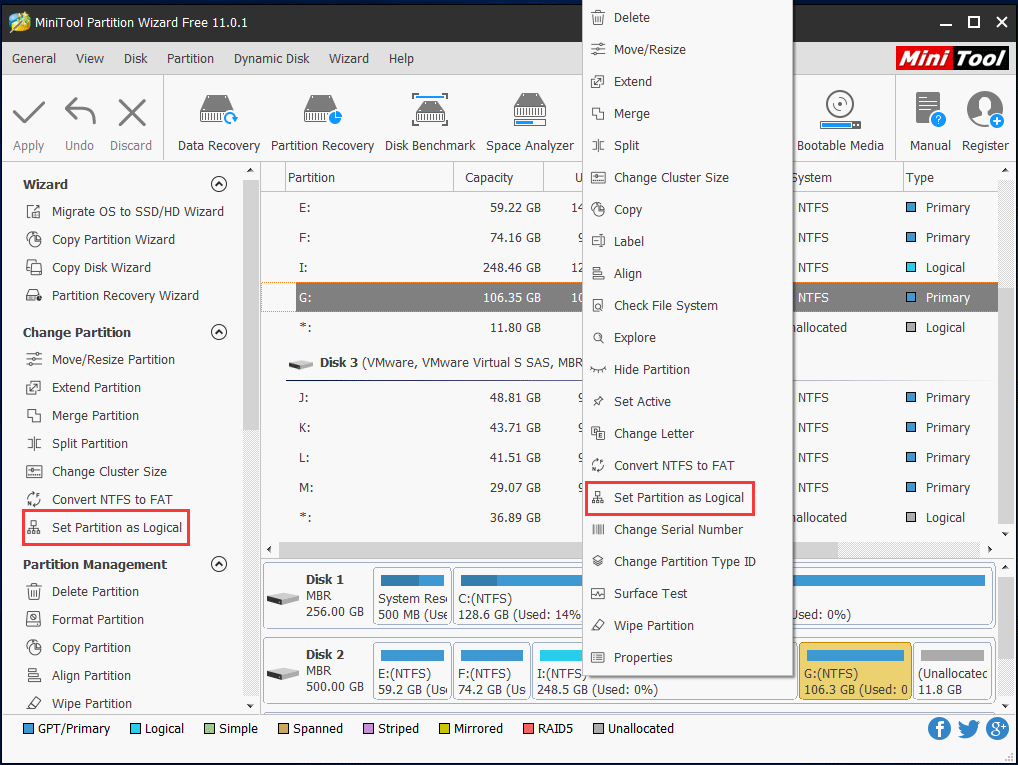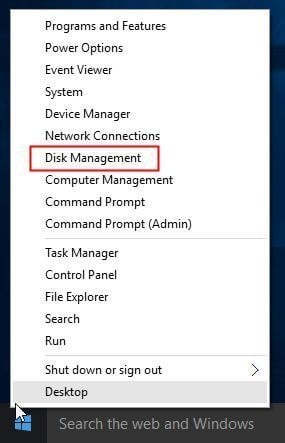

Some people use these terms interchangeably and can cause a bit of confusion for IT. Windows 10 desktops partition a drive as a basic disk by default. IT can convert basic disks to dynamic disks and dynamic disks to basic. They are more flexible and manageable than basic disks, and IT can create them in Windows disk. These differ from basic disks because they span multiple disks and create fault-tolerant volumes such as a mirrored and a redundant array of inexpensive or independent disks (RAID). Windows 10 desktops partition a drive as a basic disk by default.ĭynamic disk. Basic disks include clustered disks and USB removable drives, and support master boot record (MBR) and GUID Partition Table partitions. A storage type that contains partitions and logical drives formatted with a file system for data storage.

"Disk" in the context of the following definitions is just a storage term and not a physical device.īasic disk.

A hard disk could be a hard disk drive, a solid-state drive (SSD), USB storage or other removable drives, or an audio CD or DVD. A disk that is a physical device for data storage. Windows admins should familiarize themselves with these Windows 10 disk terms to ensure they can navigate the Windows 10 Disk Management tool or any third-party disk management tool.


 0 kommentar(er)
0 kommentar(er)
